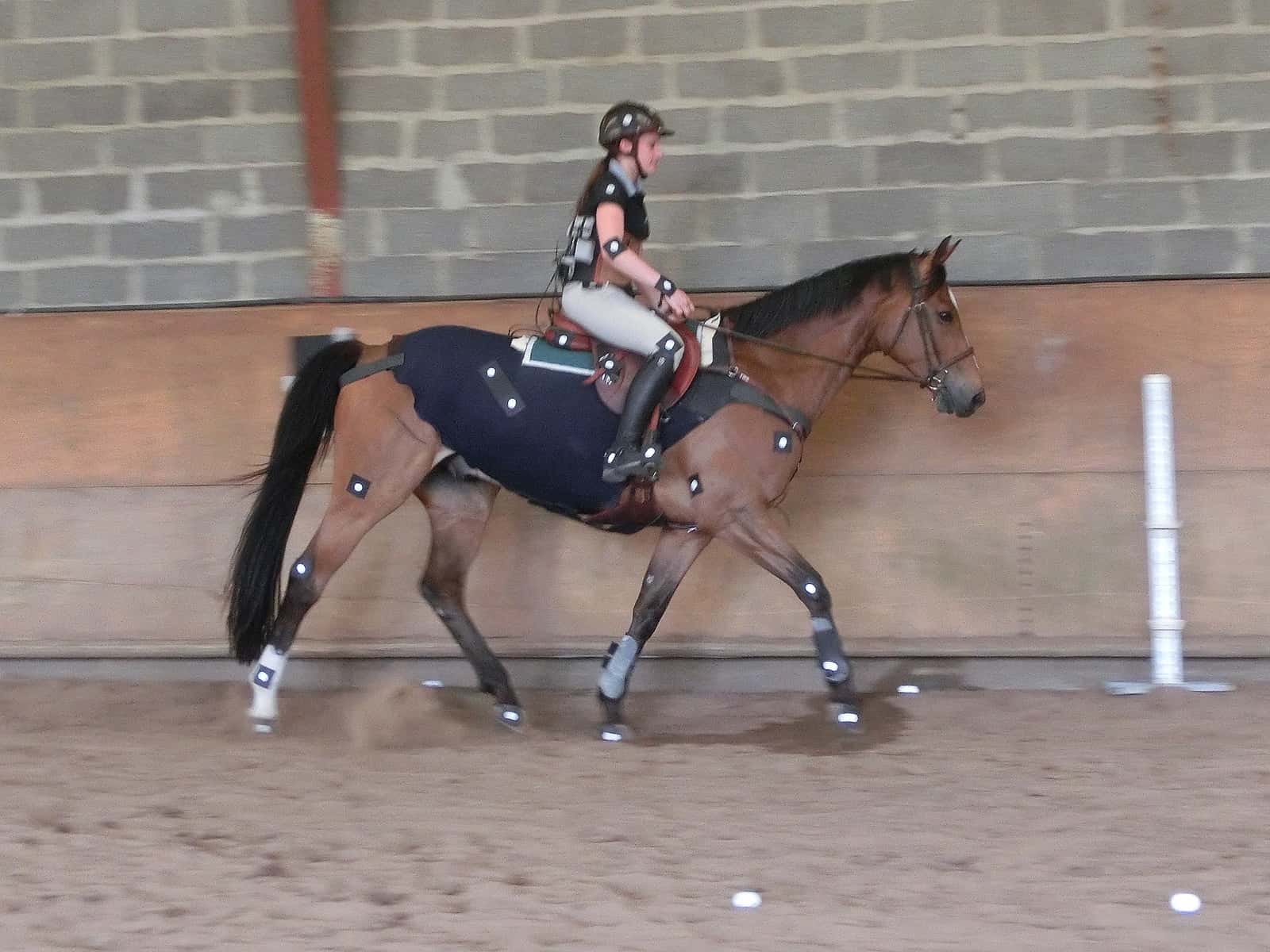Stirrup Placement and Rider Biomechanics: What’s the Link?

Equipping saddles with adjustable stirrup bars, bringing the leathers farther forward or father backward on the saddle, can help customize the ride for each horse-rider pair, said Pauline Martin, DVM, PhD, of the University of Lyon, the National Veterinary School of Maisons-Alfort, and CWD France-Sellerie saddlery, in Nontron.
Martin and fellow researcher Marie Sapone, MSc, studied the biomechanical effects on two riders using a saddle with adjustable stirrup bars. Each rider rode the same horse at a canter with the stirrups set to three different positions: forward, central, and back. They presented their results, part of their larger Saddle in Motion Project, at the 2017 French Equine Research Day, held earlier this year in Paris.
They found that each rider’s biomechanics changed dramatically from one position to another, Martin said, and those biomechanics also differed considerably between the riders
Create a free account with TheHorse.com to view this content.
TheHorse.com is home to thousands of free articles about horse health care. In order to access some of our exclusive free content, you must be signed into TheHorse.com.
Start your free account today!
Already have an account?
and continue reading.

Written by:
Christa Lesté-Lasserre, MA
Related Articles
Stay on top of the most recent Horse Health news with















